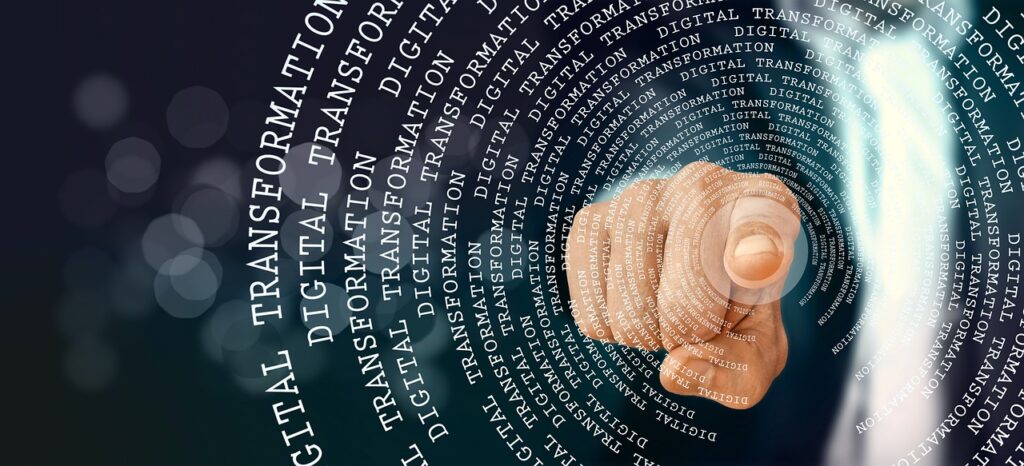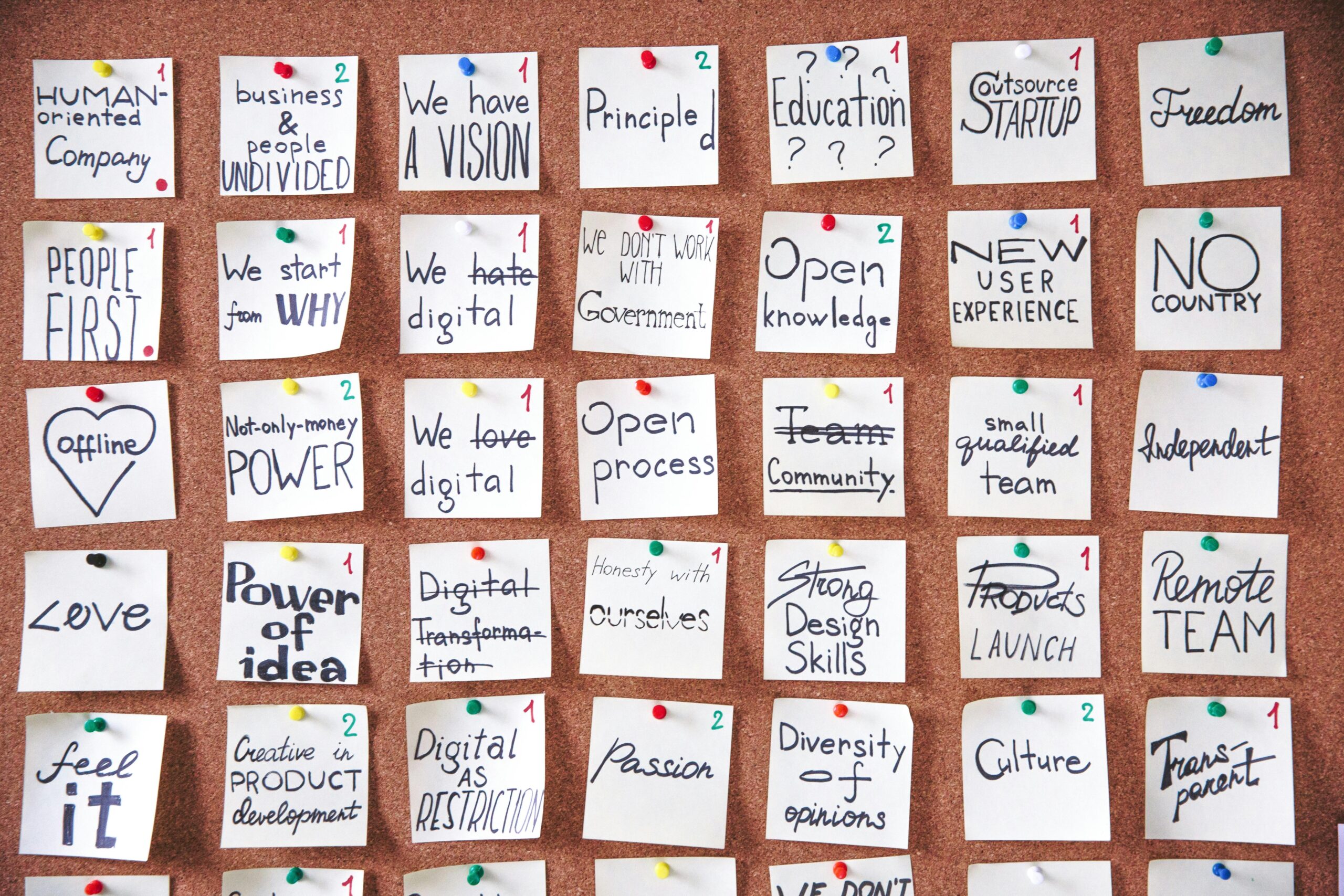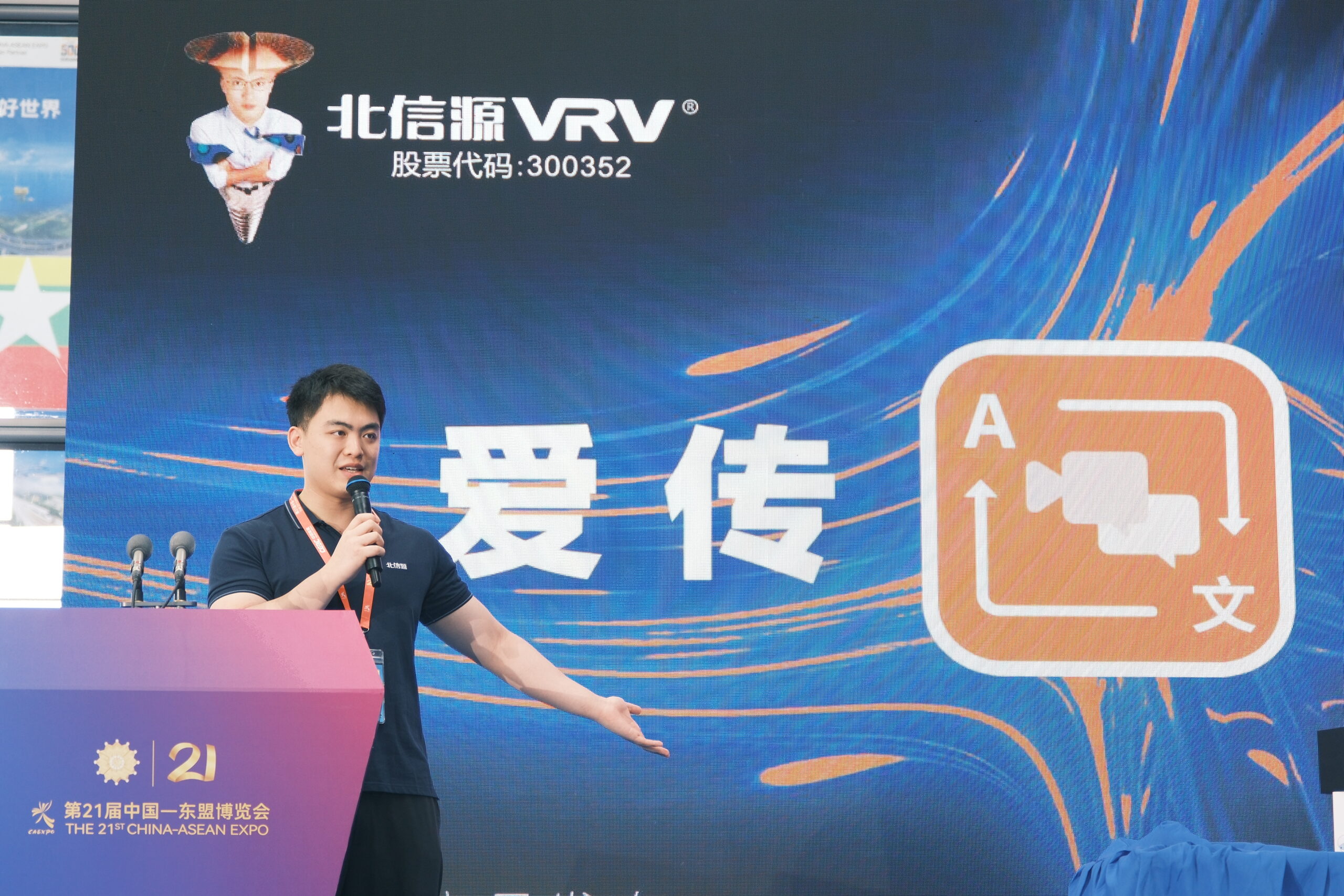Machine translation (MT) has come a long way from its early, rule-based iterations to the sophisticated, AI-driven systems powering today’s global communication. In Europe—a continent defined by linguistic diversity and a rich cultural mosaic—the machine translation market is undergoing significant transformation. This article provides a comprehensive look at the European machine translation market, examines current trends and challenges, and highlights future opportunities that extend beyond conventional forecasts.

1. Market Overview and Dynamics
The European machine translation market has witnessed robust growth driven by several interrelated factors. As organizations across industries increasingly recognize the value of seamless multilingual communication, investments in machine translation technology have surged. Key market dynamics include:
- Growing Demand for Multilingual Content: With Europe hosting over 200 languages and dialects, businesses, governments, and educational institutions require accurate and rapid translation services to reach diverse audiences.
- Digital Transformation and Globalization: The accelerated digital shift—spurred further by remote work trends and global connectivity—has made high-quality, real-time translation essential for international collaboration, customer service, and e-commerce.
- Market Segmentation: The sector is segmented by technology (rule-based, statistical, neural machine translation), deployment models (cloud-based, on-premise), and end-use industries (IT, healthcare, legal, tourism, and public sector).
These dynamics set the stage for an evolving market forecast that predicts a sustained growth trajectory over the next decade.
2. Technological Innovations Transforming the Landscape
Neural Machine Translation (NMT) and Deep Learning:
The introduction of neural networks has revolutionized machine translation. Neural machine translation systems now deliver contextually nuanced and grammatically accurate outputs that were once unattainable with older statistical methods. Recent innovations include:
- Zero-Shot Translation: Advanced models can translate between language pairs without explicit training data for each pair, a game-changer for less commonly spoken European languages.
- Adaptive Learning Systems: Continuous learning algorithms enable systems to improve over time based on user feedback, ensuring evolving accuracy and cultural relevance.
- Integration with Natural Language Processing (NLP): Enhanced NLP capabilities allow systems to understand idiomatic expressions, slang, and context, bridging the gap between human and machine translation quality.
Cloud-Based Solutions and API Integration:
Cloud computing has democratized access to machine translation services. SaaS models and robust APIs have allowed companies to integrate translation capabilities into their websites, apps, and enterprise systems seamlessly, ensuring that even small businesses can leverage cutting-edge translation technology without heavy upfront investments.
3. Diverse Applications and Use Cases
The versatility of machine translation is evident in its wide range of applications across Europe:
- Business and E-Commerce: Retailers and service providers use MT to offer localized content, enhance customer support, and streamline international transactions.
- Government and Public Services: Multilingual public communication platforms and translation of legal documents ensure that citizens receive accurate information, promoting transparency and inclusiveness.
- Healthcare: Accurate translation of medical documents and patient information is crucial in multicultural societies to ensure effective healthcare delivery and patient safety.
- Education and Research: Academic institutions and research bodies rely on MT to disseminate knowledge across linguistic boundaries, fostering international collaboration and innovation.

4. Drivers and Challenges Specific to Europe
Drivers:
- Regulatory Environment: European data protection regulations, such as GDPR, have influenced how translation systems are designed and deployed. There is a strong push towards building systems that ensure data privacy while delivering high-quality translations.
- Cultural and Linguistic Diversity: The inherent need to communicate in multiple languages is a key driver for continuous improvement and innovation in MT technology. Regional languages and dialects, in particular, present both a challenge and an opportunity for market growth.
- Economic Integration: As the European Union deepens economic integration, seamless translation services become critical for cross-border trade, legal processes, and policy communications.
Challenges:
- Quality Assurance: Despite significant advances, ensuring consistent translation quality across various languages and specialized domains remains challenging. Nuances, idioms, and culturally specific references require continuous fine-tuning.
- Data Privacy and Security: The sensitive nature of translated content, particularly in the legal and healthcare sectors, mandates strict adherence to data protection standards, which can complicate system development.
- Customization Costs: Tailoring MT systems to meet specific industry or company needs often involves high initial investments, which can be a barrier for smaller organizations.
5. Competitive Landscape and Key Market Players
The European machine translation market is highly competitive, with a mix of established tech giants and agile startups. Major players are investing in R&D to enhance neural machine translation capabilities and develop multilingual platforms that cater to diverse market segments. Additionally, regional players are emerging, focusing on underrepresented languages and customized solutions for local industries.
Key strategies adopted by market leaders include:
- Collaborative Ventures: Partnerships between technology providers, academic institutions, and industry-specific firms foster innovation and expedite the deployment of advanced translation models.
- Focus on User Experience: Enhancements in user interface design, real-time feedback mechanisms, and seamless API integrations are driving higher adoption rates among end users.
- Sustainable Innovation: Ongoing research in AI ethics, data security, and algorithmic transparency is critical to maintaining trust and competitiveness in a rapidly evolving market.
6. Future Trends and Opportunities
Looking ahead, several trends are poised to shape the future of the European machine translation market:
- Hybrid Translation Models: Combining human expertise with AI-powered translation will likely become the norm, particularly in sectors where precision is critical.
- Personalized Translation Solutions: As personalization trends continue, machine translation systems that adapt to individual user preferences and industry-specific jargon will see increased demand.
- Expansion into Niche Markets: Beyond mainstream applications, niche markets such as legal translation, technical documentation, and creative content translation are emerging as lucrative segments.
- Sustainability and Ethical AI: There is a growing emphasis on developing energy-efficient models and ensuring that AI systems adhere to ethical guidelines, which could become major selling points in the near future.
7. Conclusion
The European machine translation market is not merely a technological trend—it is a transformative force reshaping how communication transcends language barriers in an increasingly interconnected world. Driven by innovations in neural machine translation, the adoption of cloud-based solutions, and a deep understanding of Europe’s linguistic diversity, the market is set to expand dramatically. However, success will depend on addressing challenges related to quality, customization, and data security. As businesses, governments, and other stakeholders continue to invest in advanced translation technologies, the future of machine translation in Europe looks both promising and pivotal for sustained global engagement.

Frequently Asked Questions (FAQ)
Q1: What is the European machine translation market?
A: It is a sector within the broader machine translation industry that focuses on providing automated translation services across Europe’s diverse languages, catering to industries such as business, government, healthcare, and education.
Q2: How has neural machine translation transformed the industry?
A: Neural machine translation uses deep learning algorithms to produce more accurate, context-aware translations, handling idiomatic expressions and complex sentence structures far better than traditional methods.
Q3: What role do cloud-based solutions play in the market?
A: Cloud-based translation services allow easy integration of machine translation APIs into websites and applications, making high-quality translation accessible to businesses of all sizes without substantial upfront costs.
Q4: What are the key drivers of growth in the European market?
A: Major drivers include the need for multilingual communication due to Europe’s linguistic diversity, digital transformation across industries, regulatory requirements like GDPR, and increased global trade.
Q5: What challenges does the European machine translation market face?
A: Challenges include ensuring high translation quality across different languages, managing data privacy and security concerns, and the high costs associated with customization for specialized industry needs.
Q6: What future trends are expected in machine translation?
A: Future trends include the rise of hybrid translation models that combine human and machine translation, personalized solutions for niche markets, and a stronger focus on ethical AI and sustainable innovation.
As Europe continues to navigate the complexities of multilingual communication, machine translation remains a vital tool for bridging language gaps. With continuous technological advancements and strategic investments, the market is poised to deliver even greater value in connecting diverse communities, driving economic growth, and fostering international collaboration.
Sources Market Data Forecast


